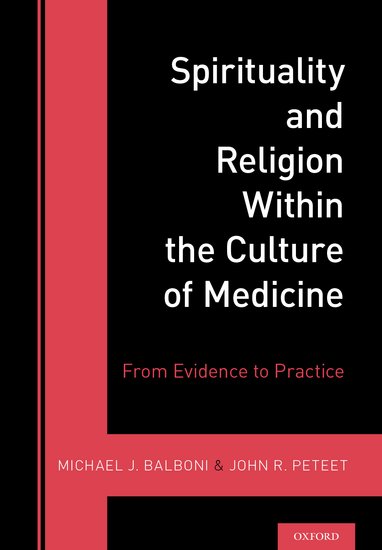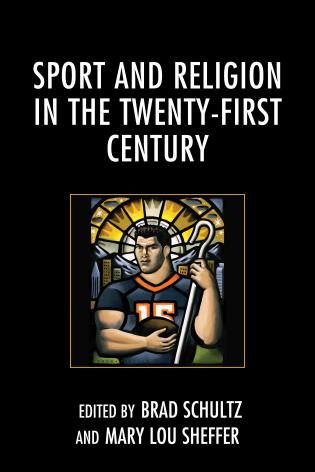
Parish and Place (Oxford University Press, $24.95), by Tricia Colleen Bruce, provides an in-depth look at the phenomena of personal parishes in the Catholic Church in the U.S., showing how they mirror Catholic diversity and how the institutional church manages pluralism. The church hierarchy establishes these parishes to serve specific groups that are not being reached by mainstream or “general” parishes. This classification can mean ethnic parishes that minister to such groups as Vietnamese or Hispanic Catholics though retaining language and ethno-religious traditions, or more recently, targeting those with particular theological or liturgical preferences, such as traditionalist Latin and Anglican-use parishes or ones based on a particular social mission. Bruce traces the use of personal parishes from their wide use by the hierarchy during the early waves of European immigration and then later enforcement of more limits out of concern for integrating Catholics into diocesan life. Currently, personal parishes are making a comeback, partly due to the pluralization and fragmentation of American Catholic life, making identity a priority. As Bruce writes, “Personal parishes enable Catholics to choose their world.”
But Bruce stresses that this trend is not largely driven from lay demand and differs from the “cafeteria Catholicism” where individual Catholics cross parish boundaries to attend the church of their choice. Rather, it results from strategic decisions by the hierarchy to defuse controversy and conflict in the diocese (for example, allowing Latin Mass devotees to be contained within their own parish), preserve diversity, and deliver specialized services to an underserved population. Personal parishes, numbering 1,317 congregations and constituting eight percent of American parishes, are likely to grow in areas where there is decline of territorial parishes. Bruce concludes that geographically bound parishes will increasingly co-exist with personal parishes, even as the latter structures reveal a loosening of attachments of Catholics to neighborhood and place.
The second half of the book is devoted to less practical academic studies of health and religion, bringing in history, anthropology, philosophy, and theology. Sociologist Jonathan Imber’s chapter looks at how spirituality and religion relates to the “social transformation of American medicine” in the way that technology and bureaucracy can increase both the authority of the doctor and the vulnerability of the patient. In such a scenario, the rise of spirituality in health care is a form of protest against such dehumanizing treatment—a resistance movement that doctors themselves are joining.
The book’s second half breaks the mold and focuses on religion and sports as two separate spheres that frequently interact. A chapter looks at the future of Southern religion and its close relationship to sports, arguing that the competition for Southern identity between athletics and organized religion is increasing, with the former even supplanting the latter (seen in the more religious functions played at NASCAR races, for instance). Contributions on college sports and religion complements the predominant attention paid to the religiosity of professional teams, with chapters on the important role of religion/spirituality among collegiate athletes and the way that small church-affiliated colleges tend to approach sports differently than their larger and secular counterparts in stressing the moral and spiritual component in sports programs.